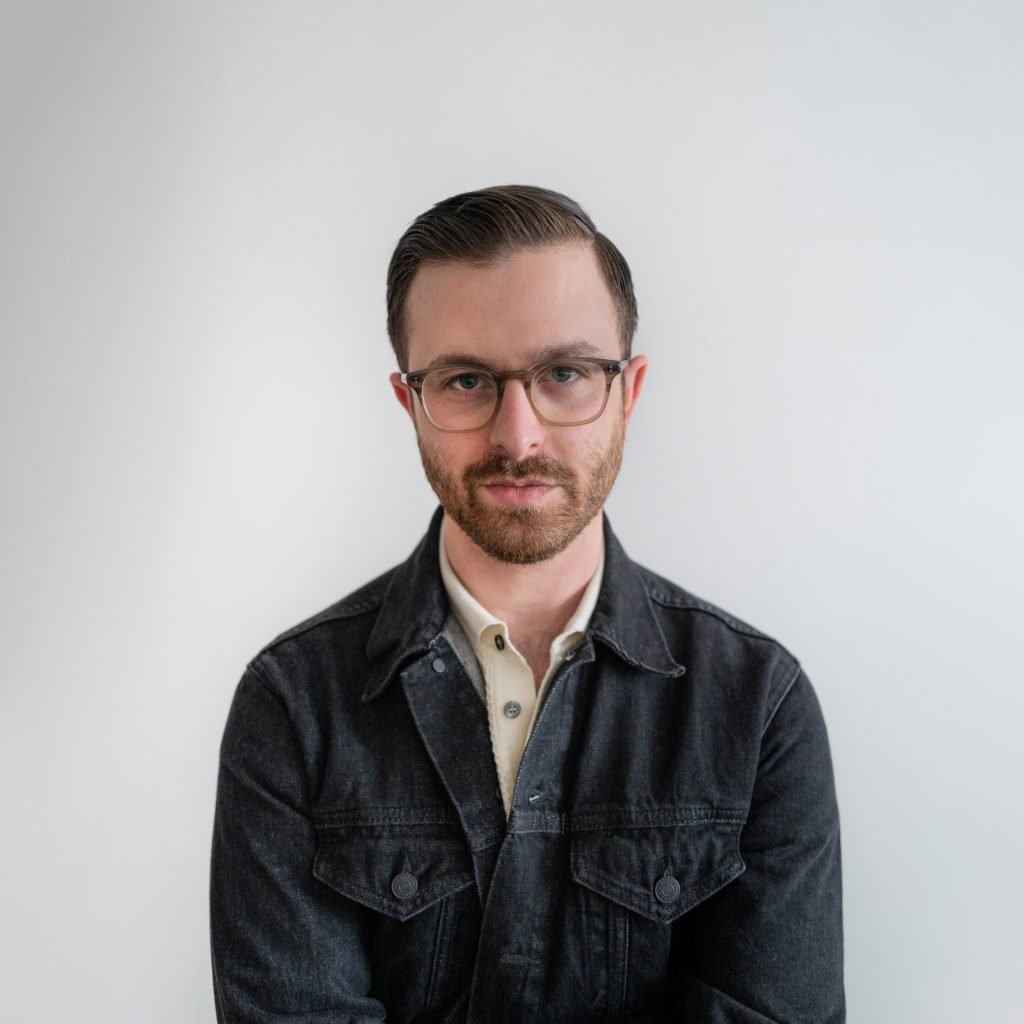So much of the art world orbits around questions of value, not only in terms of appraisals and price tags, but also: What is worthy of your time in These Times, as well as your energy, your attention, and yes, your hard-earned cash?
What is the math that you do to determine something’s meaning and worth? What moves you? What enriches your life? In this new series, we’re asking individuals from the art world and beyond about the valuations that they make at a personal level
Stephen Pulvirent lives for the details.
The multitalented photographer, creative director, writer, and watch collector is best known for his passion for watches—and his meticulous eye when it comes to these timekeeping accessories. With an interest for horology that developed in his youth, Pulvirent, who has a graduate degree in material culture from the University of Chicago, made his way, almost by chance, into the specialized world of watch writing, penning articles that soon earned him a reputation as an insightful authority in the industry.
Overly nearly a decade, he honed his craft, working as the managing editor of Hodinkee, the world’s leading wristwatch magazine, as well as with positions as associate editor at Bloomberg and the executive digital editor of Surface Media.
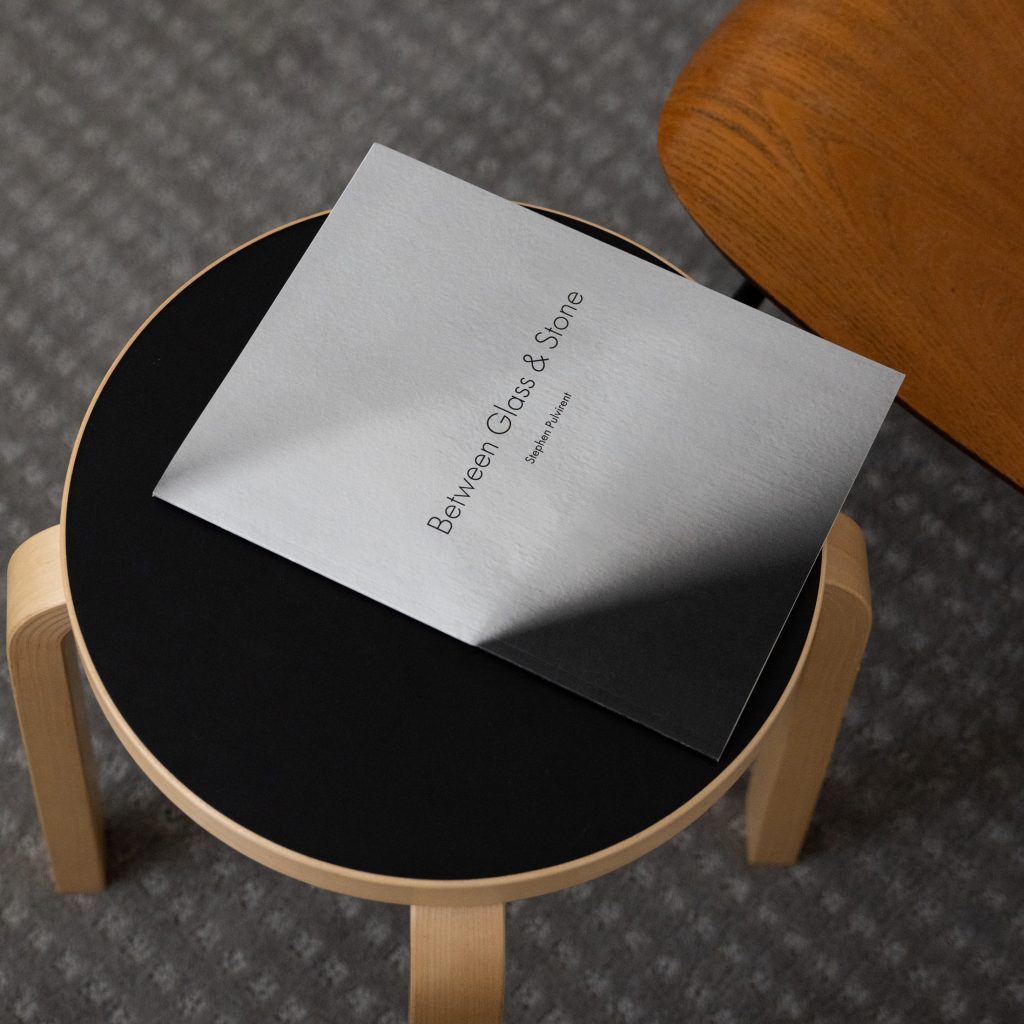
Courtesy of Stephen Pulvirent.
In 2021, Pulvirent pivoted away from journalism, founding Rime & Reason, a contemporary creative agency that focuses on what he knows best—helping global brands tell intelligent and gripping stories in a way that intersects with the heart of culture. This career shift coincided with the change of coasts, as well. Longtime New Yorkers, Pulvirent and his wife had relocated to Los Angeles in 2020 for what was meant to be just a few months. But surprised by how smitten they were with life on West Coast, the couple made the change permanent, recently purchasing a home.
And for Pulvirent, who has long maintained an artistic photography practice, these transitions have happily marked a return to image-making with renewed focus and enthusiasm. In 2021, a curation of his photographs was presented in “Between Glass & Stone” a solo exhibition in Monterey, California, that brought together black-and-white photographs that capture architectural structures in surprisingly intimate ways. Ever the collector, Pulvirent recently purchased his dream camera: a digital Leica M.
In his precious free time, Pulvirent is known to enjoy collecting works by ceramic artists, checking out the special programming at L.A.’s iconic movie theaters, and of course perusing a watch auction or two. Oh, and supporting the WGA strike, of course. His life’s ambition? To be the best part of your day.
We recently caught up with Pulvirent and talked about what he values in art and life—and why.
What is the last thing that you splurged on?
Well, my wife and I just bought a home here in Los Angeles, which is definitely the biggest splurge of my life. And knowing that was coming, I’ve been uncharacteristically restrained the last year or so. We don’t move in for a few weeks, but I can already say I’ve never felt like something was more “worth it” than this.
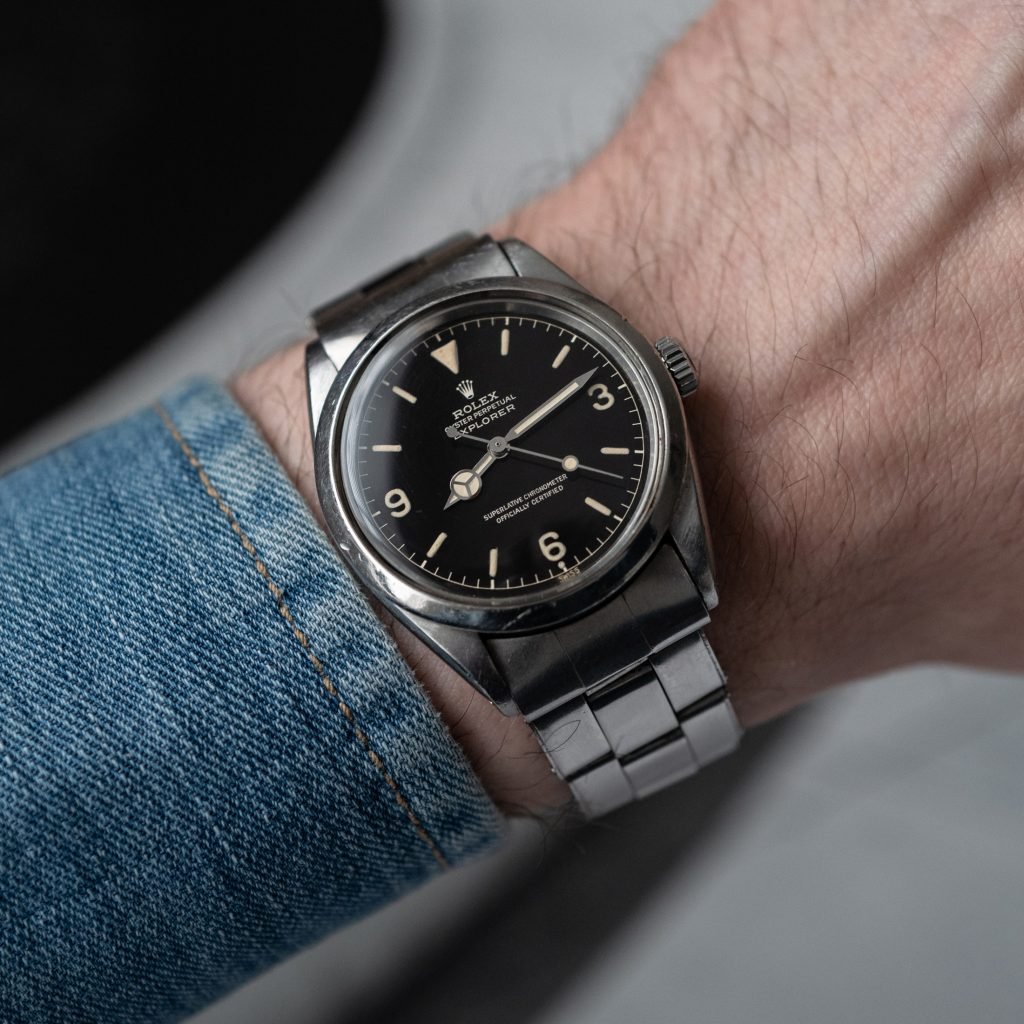
Courtesy of Stephen Pulvirent.
What is something that you’re saving up for?
Last summer, I almost purchased a pair of teacups from Theaster Gates’s studio at a mini exhibition in London coinciding with the opening of the Black Chapel Serpentine Pavilion. I think he’s one of the smartest and most interesting people making things today and I’d love to have a small piece of that in my home. I chickened out and regretted it before my plane landed back at LAX. Next time the opportunity presents itself, I want to make sure I’m ready.
And there’s always a watch or two that I’m sort of saving for in the back of my mind, but nothing too serious on that front right now. Though you never know…
What would you buy if you found $100?
I would take a friend out to a movie and a casual dinner. I love going to the special programmed theaters around L.A. (I got to see Fargo on film with Roger Deakins in the room earlier this year, which was pretty special), but my favorite is probably hitting the megaplex at the Century City Mall with someone and then debriefing on whatever we’ve seen over Shake Shack or Din Tai Fung.
What makes you feel like a million bucks?
I have an asymmetrical suede jacket from Stòffa that’s like my suit of armor. It’s buttery soft, starting to bald in a few spots, and turning a totally different color from when I bought it nearly a decade ago, but I put it on and feel like I can do anything. The brand was founded by a friend and in addition to looking and feeling great, the jacket is a reminder of how lucky I feel to live a life full of loving, creative people. Anyone who’s seen me on camera or at events over the years definitely knows this jacket—it’s almost become a part of me.
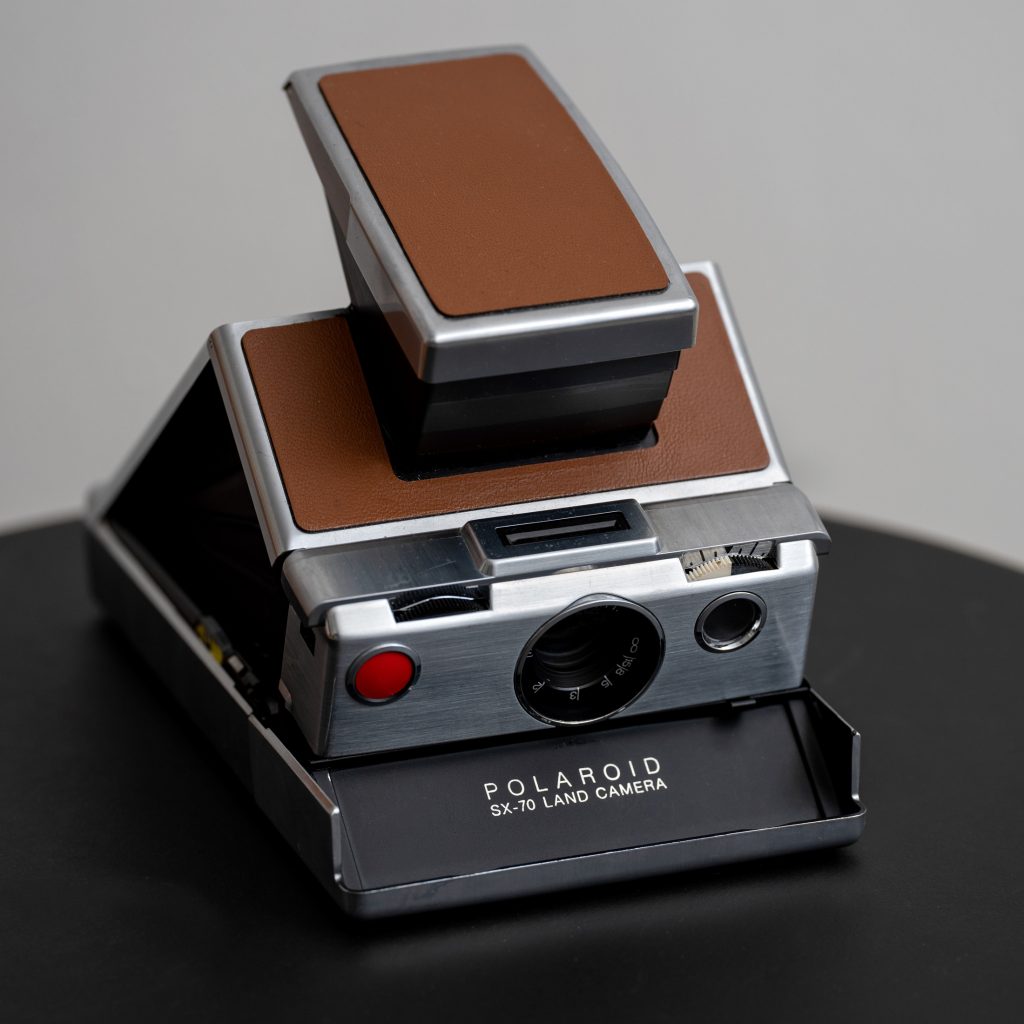
Courtesy of Stephen Pulvirent.
What do you think is your greatest asset?
My curiosity. I love hearing other people’s stories and learning about other people’s lives. It’s part of what drew me to journalism in the first place—the idea of getting paid to talk to the most interesting people I could find, having permission to ask them otherwise inappropriate and personal questions, and then getting to share what I found with an audience seemed like a total dream to me. And I loved every minute of it.
It translates really well into my artistic life too. I always want to see more and read more, talk to more people, and push ideas further. To steal a line from an old friend, I have “strong opinions, loosely held.” I’m not wishy-washy or lukewarm very often, but I always want to learn more and am always open to having my mind changed.
What do you most value in a work of art?
The feeling you get when you first encounter it. That gut punch is really important to me. A work can be intellectually engaging or convey an important message, but if it doesn’t rattle my bones and make my head spin, I have a harder time connecting with it. For me, that’s one of the special things that only art can do.
When I was about 13 or 14-years-old, I went to visit family in London and was lucky enough to see Olafur Eliasson’s The Weather Project at Tate Modern. I had always loved art and had always made art of some kind or another, but I remember walking into the Turbine Hall with my aunt Mary Ann, that light washing over me, and feeling deeply moved and changed. I didn’t know art could do that. I didn’t know art could be like that. We walked around the museum all afternoon, and every time I stopped in front of a painting or sculpture, she’d ask me how it made me feel. It sounds clichéd, but that day genuinely changed my life.
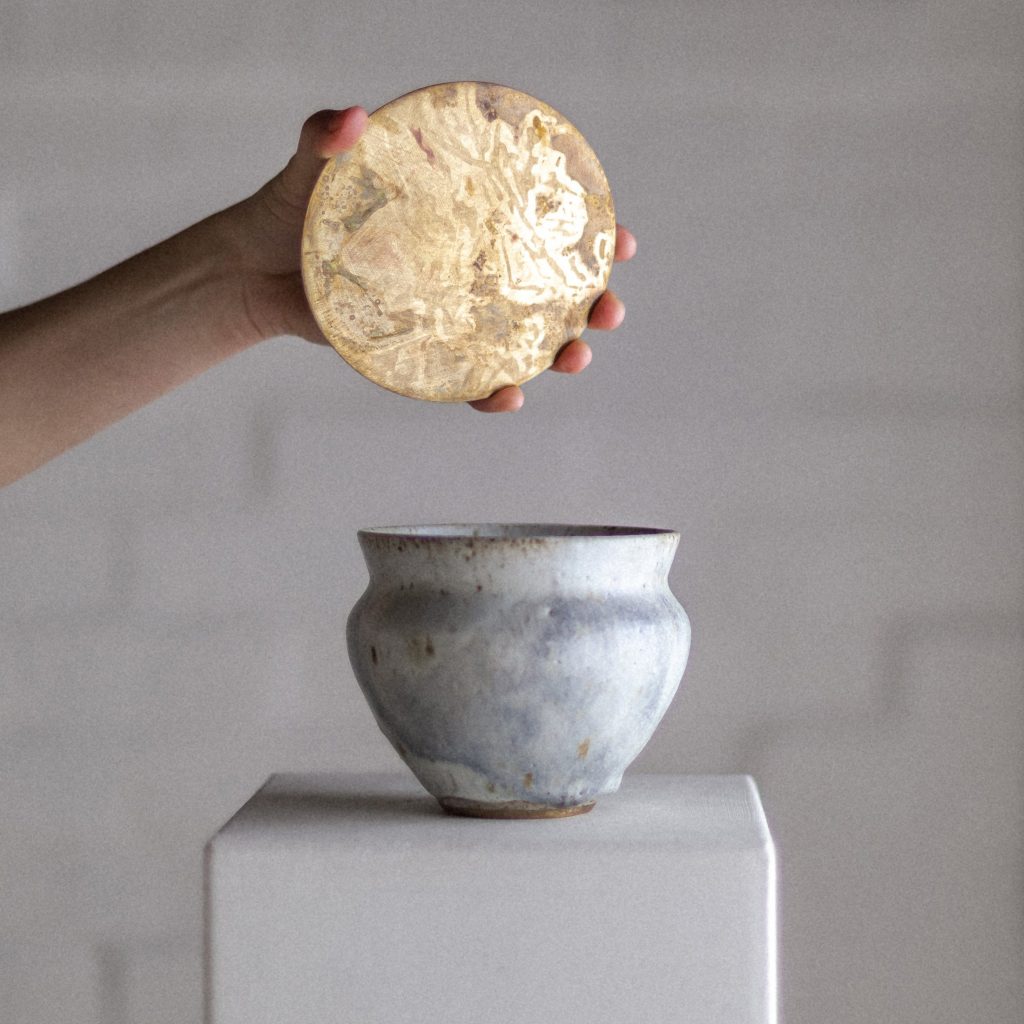
Ceramic by Chloe Rosetta Bell. Courtesy of Stephen Pulvirent.
Who is an emerging artist worthy of everyone’s attention?
My wife and I collect ceramics and there’s a potter on the Isle of Wight named Chloé Rosetta Bell who is a total genius. I actually haven’t had the opportunity to see any of her work in person yet, but I stumbled upon her through an Instagram rabbit hole and am obsessed. Her work is deeply engaged with the landscape around her studio and the cultural and economic activities of the area—salt harvesting, brass work, clay, etc. Plus, her pots are just flat-out beautiful. I can almost feel their texture and smell them through my iPhone, they’re so expressive. She’s young and I honestly can’t wait to see how her practice develops over the next 10, 20, 30 years. I think we’re all in for something special.
Who is an overlooked artist who hasn’t yet gotten their due?
I’m biased here, but I think there are a ton of photographers who are known by enthusiasts of the medium but largely ignored by other art-lovers. It’s the legacy of the “photography isn’t fine art” days, but so many incredible artists fought those expectations and refused to give in to the idea that photography was purely commercial or editorial.
Ralph Gibson is a perfect example. The guy is plenty famous, was one of the earliest artists sold by Larry Gagosian, and just opened his own museum in Korea, but he’s a name that most MoMA-goers wouldn’t register at all. He’s one of a handful that I think deserve to be up there with the big names—not just in the history books, but with his own chapter.
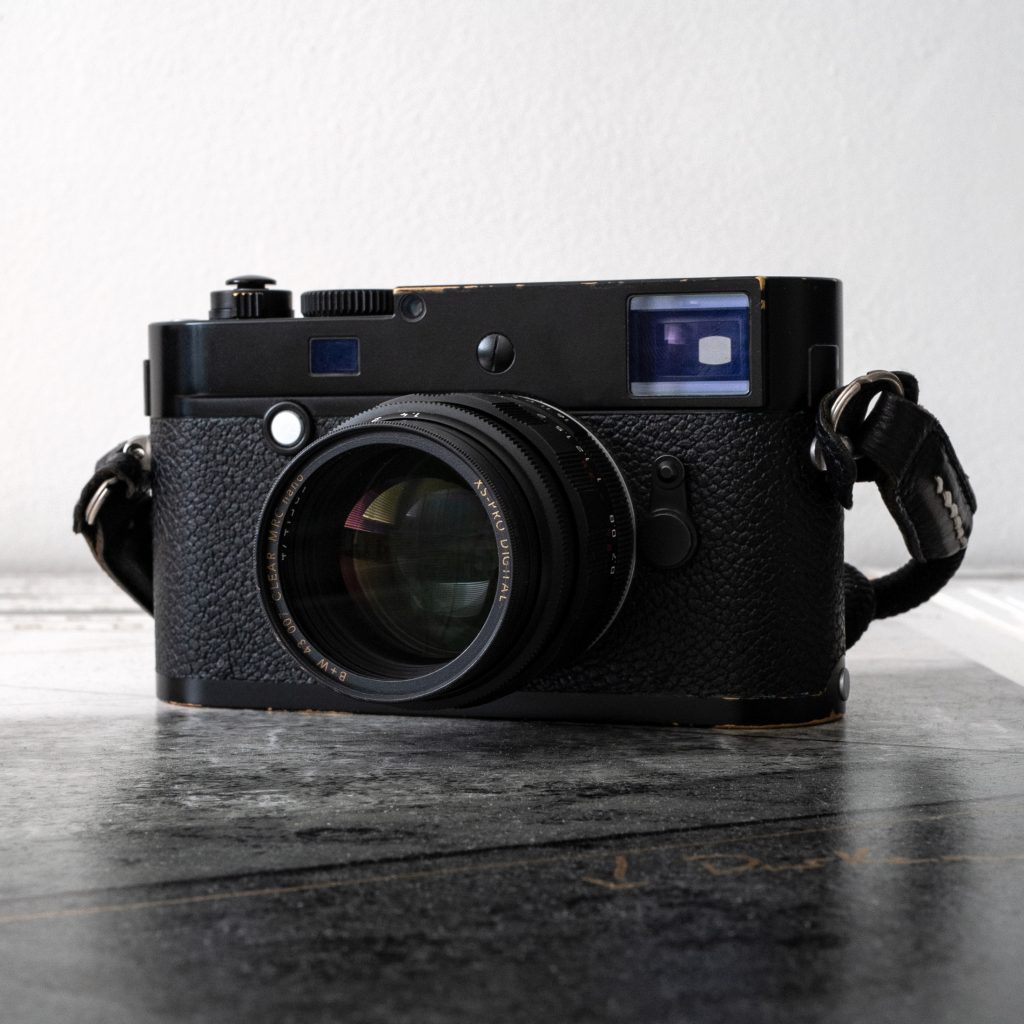
Courtesy of Stephen Pulvirent.
What, in your estimation, is the most overrated thing in the art world?
Scale. I love big work, don’t get me wrong. In fact, a lot of my favorite works of art are pretty damn big, and places like Dia:Beacon are almost holy to me, but I feel like there’s a sort of assumption that for work to be “important” or “meaningful,” it needs to be huge. Little work can be incredible too. That feeling of leaning into something, of being drawn out of yourself rather than being subsumed by something—it’s a different encounter and one that I think is under-appreciated.
This is why I enjoy working with Polaroid and Instax so much. There’s something about the smaller size and the physicality of the pictures that asks something of the viewer and creates a dialogue.
What is your most treasured possession?
I have a small, handmade, leather-bound notebook that my wife gave me just a few months after we started dating in college. We had both been traveling over summer break and each took a copy of Rumi’s poetry on our adventures (we’d been introduced to Rumi in a class we had together). She bought me this notebook in Italy on a trip with her mom and sister, and she wrote her favorite little Rumi verses on random pages throughout. I still can’t flip through it without tearing up.
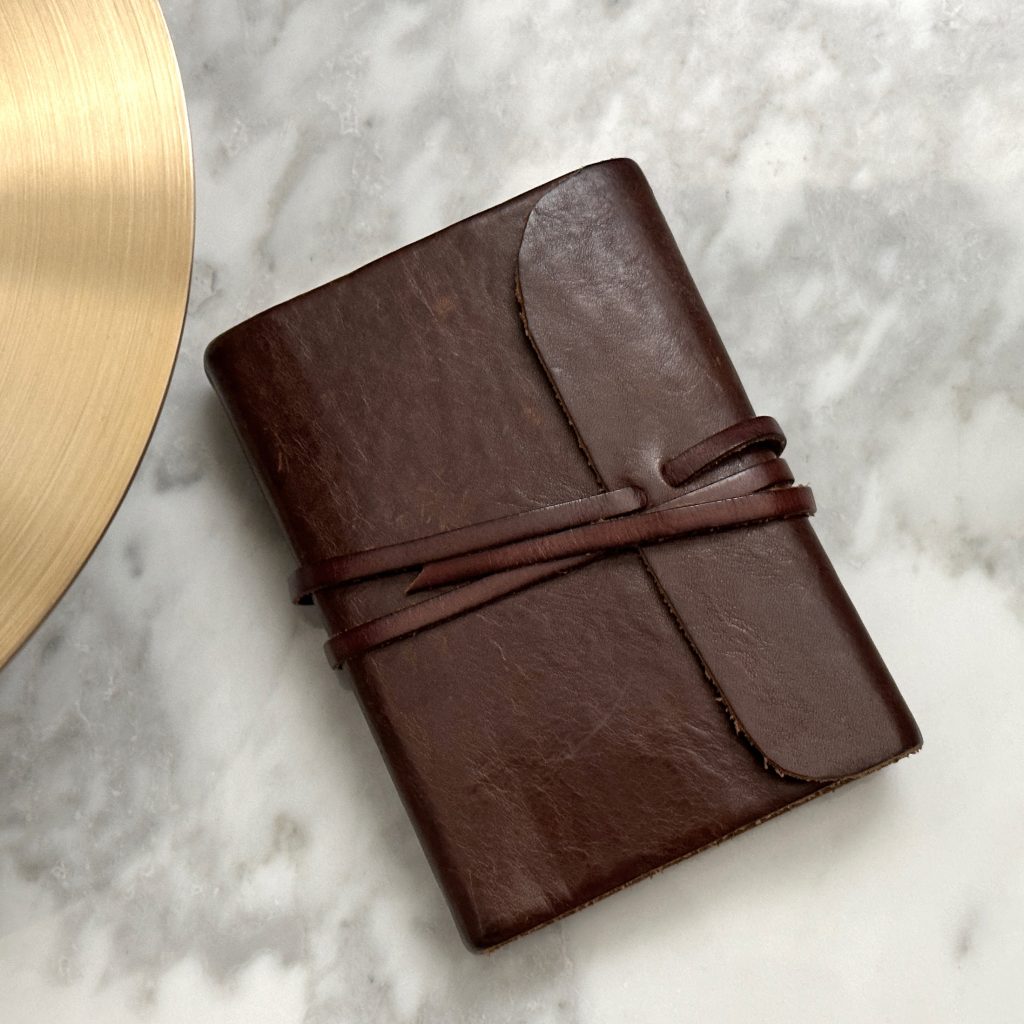
Courtesy of Stephen Pulvirent.
What’s been your best investment?
A while back, I found that I’d kind of stopped making pictures outside of my editorial work because I was so laser-focused on my career in media. I’d tell myself that I would find time and that it would make me happy if I was shooting more, and then it would just never happen.
So, I decided to go out and buy my dream camera, the thing I’d fantasized about someday owning since I was a teenager reading photo magazines in my bedroom. If I had that camera, I thought I would have no more excuses and would have to live up to it. I bought myself a used digital Leica M and a used lens.
And the funny thing is, it worked. I started making pictures again, it felt great, and I eventually started to pursue it in a more serious, structured way, just like I’d dreamed about when I was a kid. I even ended up quitting my “day job” so that I could set up a new professional life split between my editorial/commercial work and my artistic practice.
What is something small that means the world to you?
Getting to meet and talk to people who interact with my work. That can be online or in person and we can talk about a photograph, a podcast, a written story, whatever. And I’m not looking for praise—criticism is just as important. I make work because I have things I want to say, and until other people get involved, it’s like shouting into a void. I’m more of a conversation person than a monologue person.
What’s not worth the hype?
Anything where the hype itself is the substance. Here there be monsters.
What do you believe is a worthy cause?
Supporting the WGA strike! I know that’s a very L.A. answer, but you don’t need to be in the Hollywood system or even to be an artist or creative professional to care about this. Studios not only won’t commit to hiring actual human beings to create and write movies and shows instead of using A.I., they’re also refusing to even have a conversation about it. I don’t know about you, but the idea of art of any kind—film, television, paintings, poems—created by machines rather than people is about as dark a thing as I can imagine. And that doesn’t even touch on the unfair labor practices, insane executive pay, and other things at the heart of the strike.
Full disclosure: my younger brother works as an organizer for the WGA West, but I’m so proud of him and his colleagues for fighting this important battle for all of us.
What do you aspire to?
I used to host a podcast, Hodinkee Radio, and we’d end every episode by asking a few quick-fire questions. One of them was, “What’s the best piece of advice you’ve ever been given?” And when I had my friend Matt Jacobson on the show his answer was: “Be the best part of someone else’s day.”
That’s what I aspire to. If every day I can put a smile on someone’s face or be a bright spot in their day, that’s a hell of a good reason to wake up in the morning.
